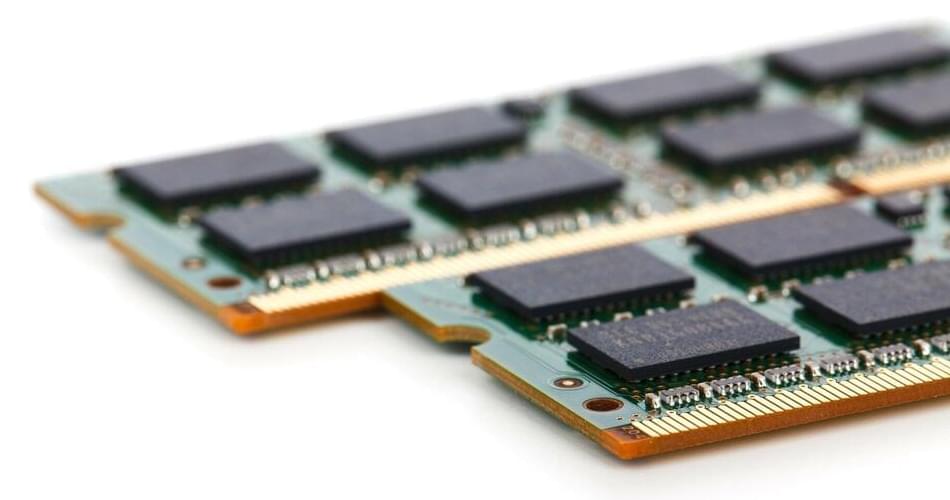In the last few years, a class of materials called antiferroelectrics has been increasingly studied for its potential applications in modern computer memory devices. Research has shown that antiferroelectric-based memories might have greater energy efficiency and faster read and write speeds than conventional memories, among other appealing attributes. Further, the same compounds that can exhibit antiferroelectric behavior are already integrated into existing semiconductor chip manufacturing processes.
Now, a team led by Georgia Tech researchers has discovered unexpectedly familiar behavior in the antiferroelectric material known as zirconium dioxide, or zirconia. They show that as the microstructure of the material is reduced in size, it behaves similarly to much better understood materials known as ferroelectrics. The findings were recently published in the journal Advanced Electronic Materials.
Miniaturization of circuits has played a key role in improving memory performance over the last fifty years. Knowing how the properties of an antiferroelectric change with shrinking size should enable the design of more effective memory components.
